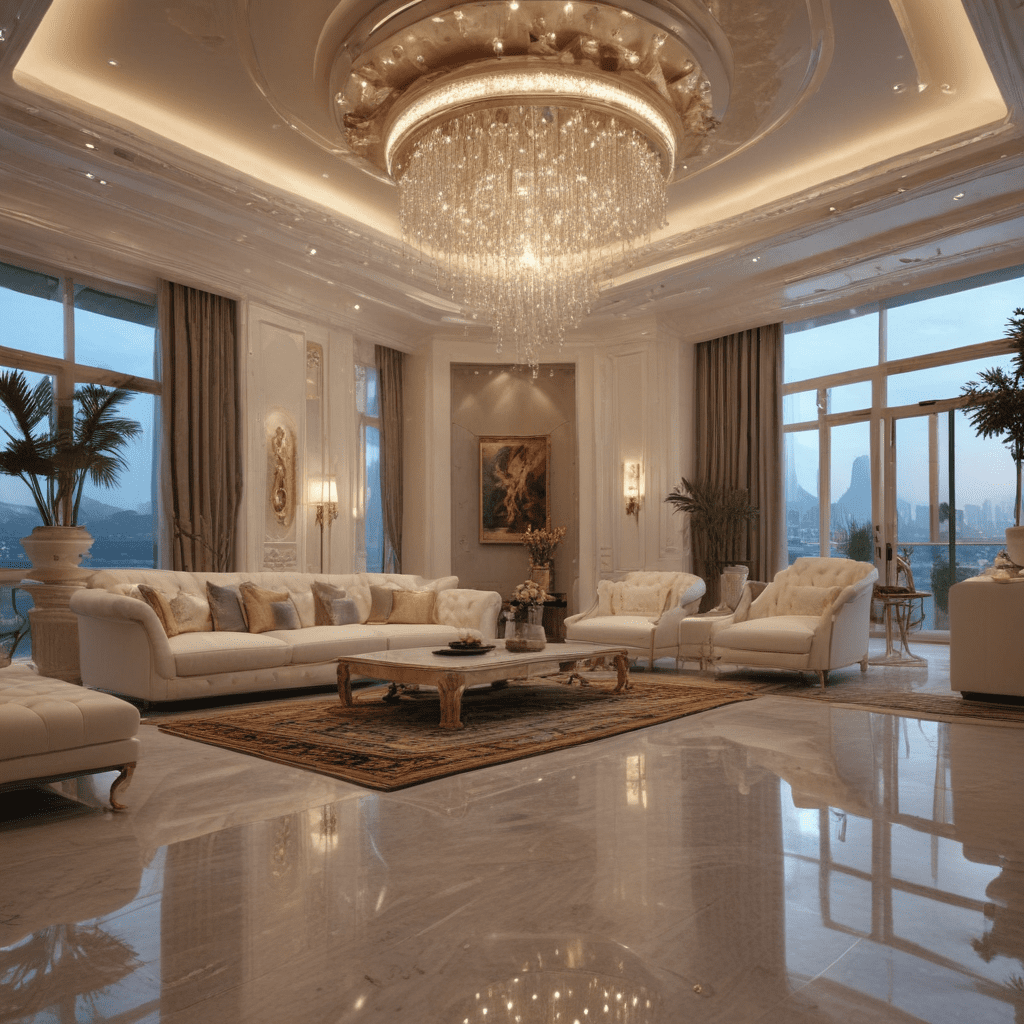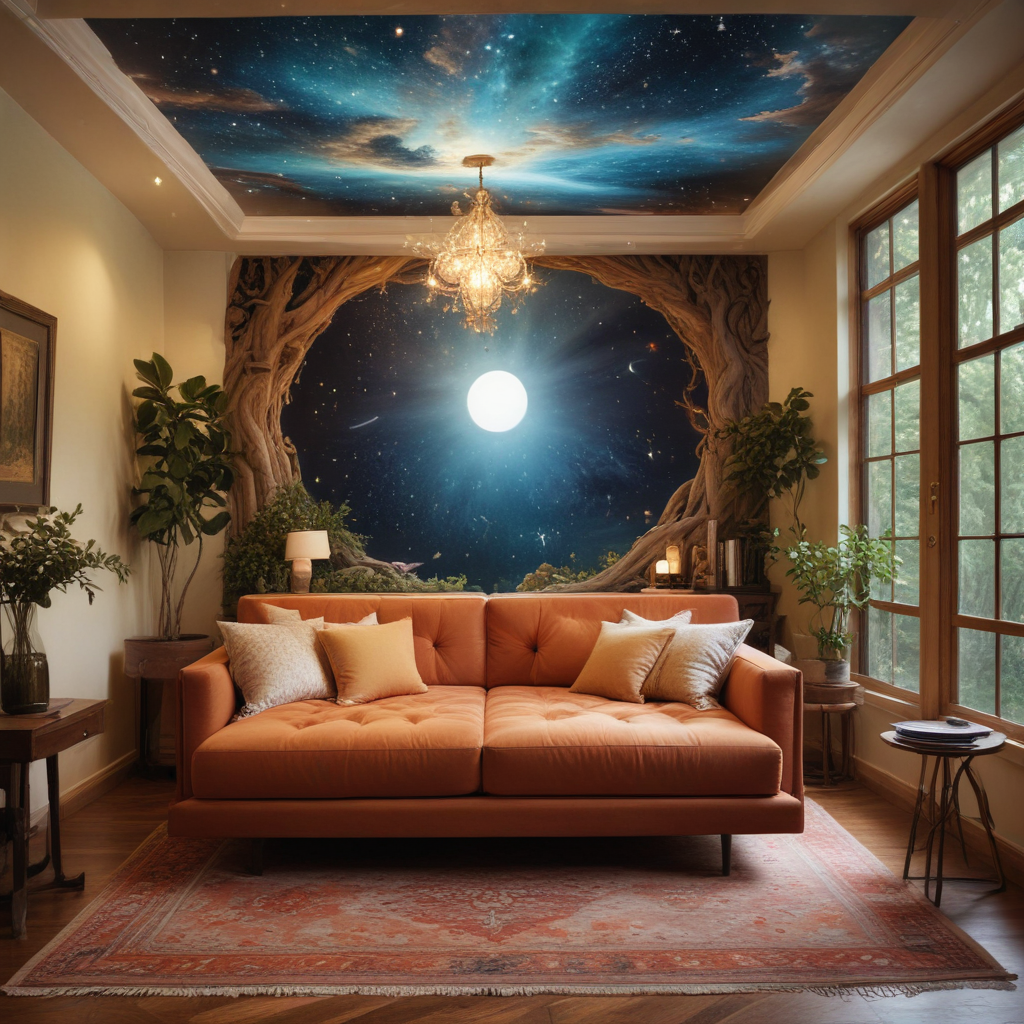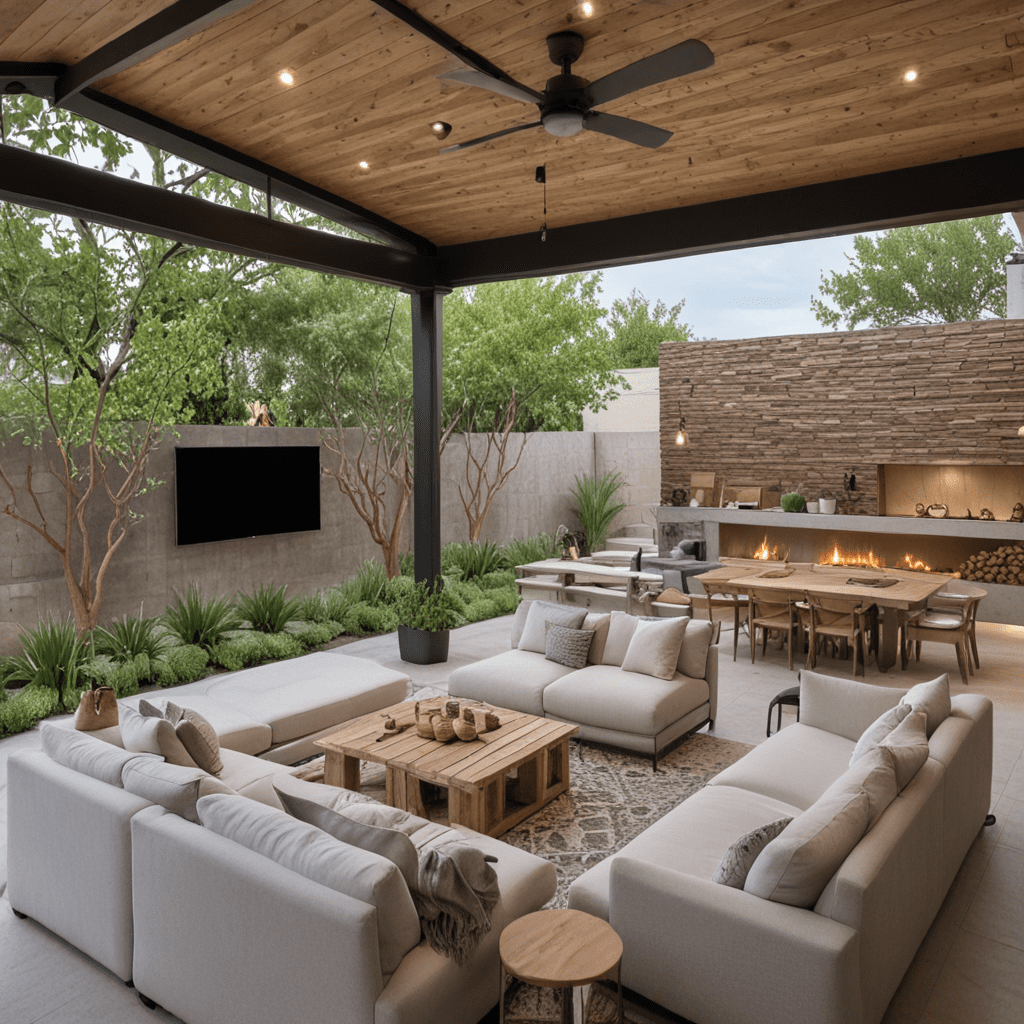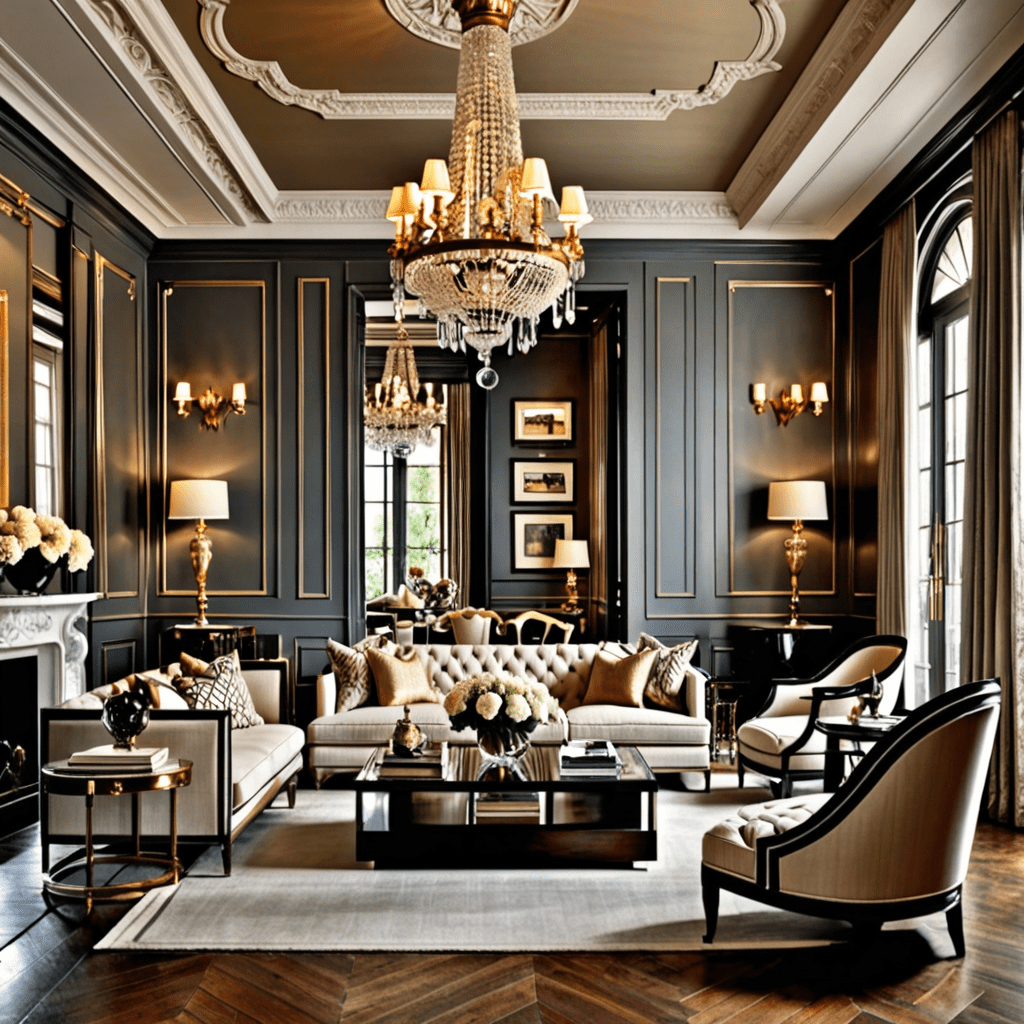„Securing Your Design: Interior Design Insurance for Aesthetic Protection”
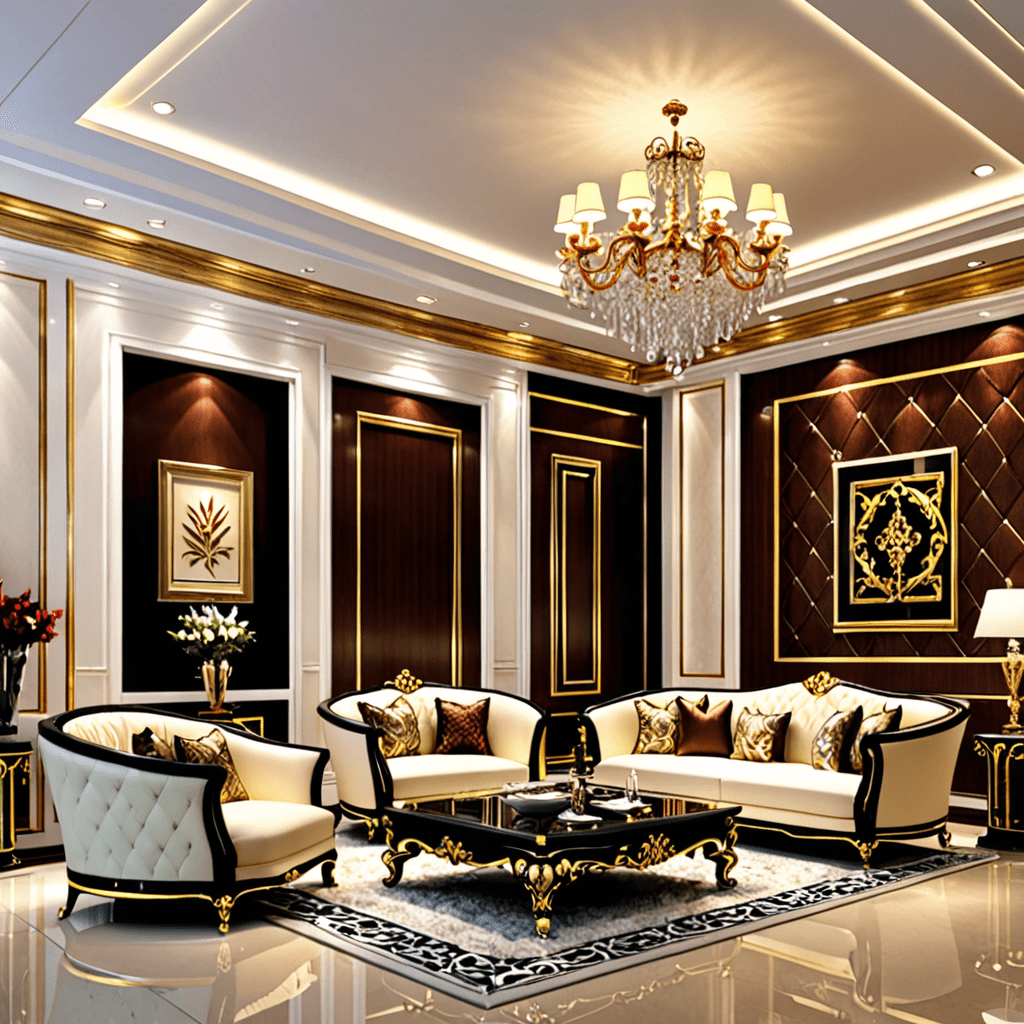

Securing Your Design: Interior Design Insurance for Aesthetic Protection
As an interior designer, you are responsible for transforming spaces and creating beautiful, functional environments for your clients. However, along with the artistic and creative aspects of your work, there are also practical considerations that need to be addressed. One important aspect is interior design insurance. While it may not be the most glamorous topic, having the right insurance coverage can provide you with peace of mind and protect your business from unexpected risks. In this article, we will explore the importance of interior design insurance and what it entails.
Why Interior Design Insurance Matters
Running an interior design business involves various risks. From damaged artwork or furniture to accidents or injuries that occur on-site, there are numerous potential liabilities that can arise. Interior design insurance helps you safeguard your business and address these risks. It provides financial protection in the event of a lawsuit, property damage, or accidents, allowing you to focus on your creative work without worrying about potential setbacks.
Types of Interior Design Insurance
- General Liability Insurance: This is the foundation of any interior design insurance policy. It covers accidents or injuries that occur on your business premises or as a result of your activities. For example, if a client trips and falls while visiting your studio, this insurance can help cover their medical expenses and any potential legal claims.
Professional Liability Insurance: Also known as Errors and Omissions (E&O) insurance, professional liability insurance is crucial for interior designers. It protects you against claims of negligence, errors, or omissions in your professional services. If a client claims that your design recommendation led to financial loss or property damage, this insurance can help cover legal defense costs and potential settlements.
Commercial Property Insurance: Your design studio and its contents are valuable assets that need protection. Commercial property insurance covers damage to your property due to fire, theft, vandalism, or natural disasters. It can also cover the replacement or repair costs of your equipment, furniture, and supplies.
Inland Marine Insurance: As an interior designer, you often transport valuable items and materials to clients’ homes or project sites. Inland marine insurance offers coverage for damage or loss of these items while in transit. Whether it’s fabrics, accessories, or expensive art pieces, inland marine insurance ensures that you are protected if anything happens during transportation.
Business Interruption Insurance: If a covered event, such as a fire, causes your business operations to halt temporarily, business interruption insurance can help replace lost income and cover ongoing expenses. It prevents financial strain during the time it takes to rebuild or relocate your studio after a devastating event.
Cyber Liability Insurance: Cyber attacks and data breaches are becoming more common in today’s digital age. As an interior designer, you may store sensitive client information, such as contact details and project details, on your computer or online platforms. Cyber liability insurance provides coverage for expenses related to data breaches, including legal costs, notification expenses, and credit monitoring services.
How to Choose the Right Insurance Coverage
To ensure you have the appropriate interior design insurance coverage, consider the following steps:
- Evaluate Your Risks: Assess the potential risks your business faces, such as property damage, accidents, or professional mistakes. Take into account your specific services, clients, and project types.
Research Insurance Providers: Look for insurance companies that specialize in providing coverage for interior designers. They will have a better understanding of your unique needs and can tailor policies to suit your requirements.
Review Policy Coverage: Scrutinize the coverage amounts, deductibles, and exclusions of each policy. Make sure it aligns with your budget and offers comprehensive protection against the specific risks you identified in the evaluation process.
Consult an Insurance Agent: Seek advice from an experienced insurance professional who can guide you through the process and help you make informed decisions. They can provide valuable insights and suggest additional coverage options you might not have considered.
Compare Quotes: Obtain multiple quotes from different insurance providers to get a clear idea of the costs and terms associated with each policy. Don’t settle for the first option you come across; shop around to find the best coverage at the most reasonable price.
Frequently Asked Questions (FAQ)
Q: Is interior design insurance required by law?
A: While there is no legal requirement for interior designers to carry insurance, it is highly recommended to protect your business from potential risks and liabilities. Many clients may also require proof of insurance before hiring your services.
Q: How much does interior design insurance cost?
A: The cost of interior design insurance varies depending on factors such as the size of your business, your location, the coverage limits you require, and your claims history. It’s best to request quotes from insurance providers to get an accurate estimate.
Q: Can I add additional coverage to my interior design insurance policy?
A: Yes, depending on your specific needs, you can typically add endorsements or riders to your policy to extend coverage for things like art collections, borrowed items, or installation floater coverage. Consult with your insurance provider about the available options.
Q: Will interior design insurance cover me if I work outside of my home country?
A: It depends on your policy. Some interior design insurance policies have geographical limitations, while others offer worldwide coverage. Ensure you understand the territorial scope of your insurance before accepting international projects.
Q: Are independent contractors or sub-contractors covered under my interior design insurance?
A: This can vary depending on your policy. It’s crucial to review the fine print and consult with your insurance provider to determine if your independent contractors or sub-contractors are covered or if they need separate insurance.
Q: How often should I review and update my interior design insurance policy?
A: It is recommended to review your insurance coverage annually or whenever there are significant changes in your business operations. This includes changes in revenue, services offered, location, or the addition of new employees.
Remember, interior design insurance is an investment in the future of your business. By protecting yourself from potential risks, you can focus on what you do best – creating stunning and functional spaces for your clients. Take the time to evaluate your insurance needs and find the right coverage to ensure your design business thrives.
